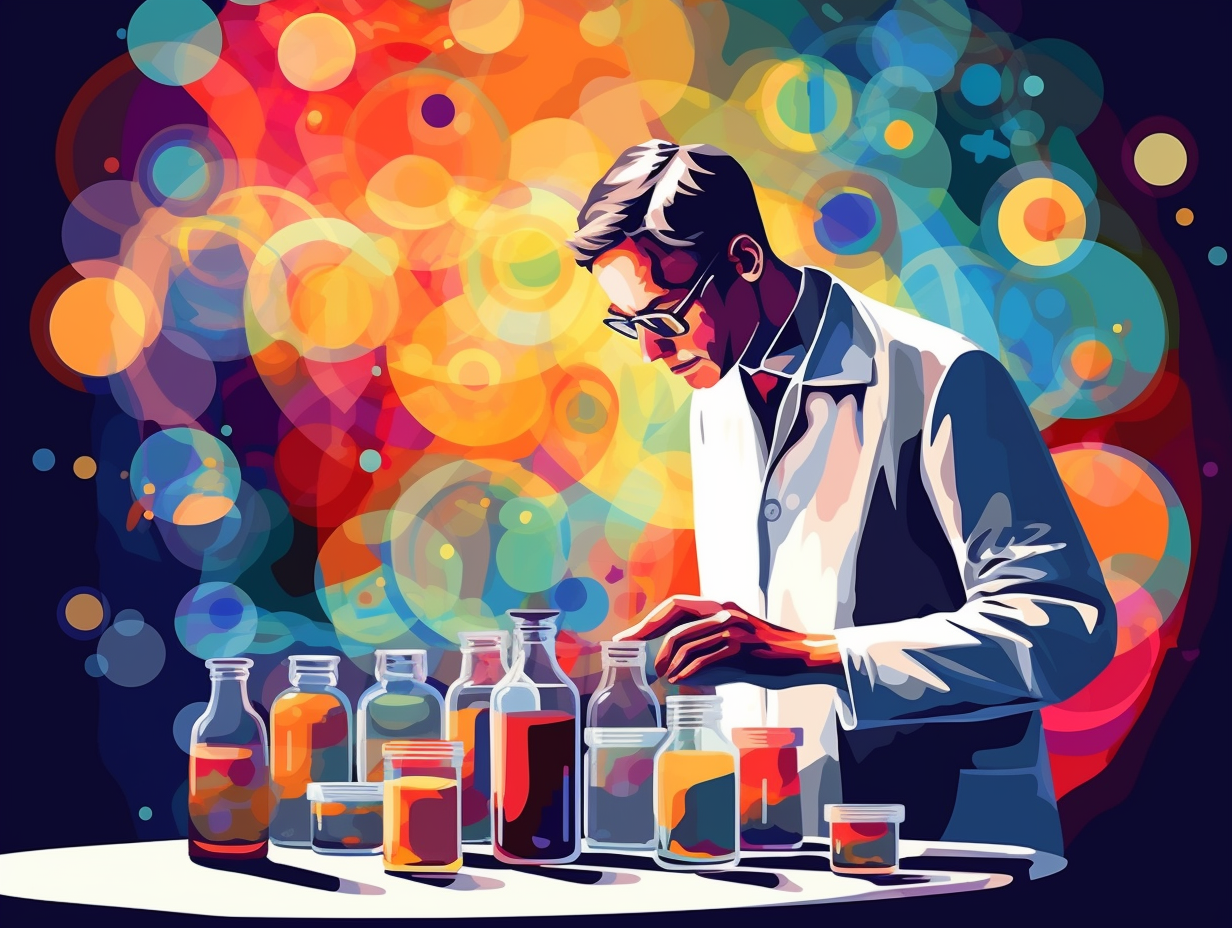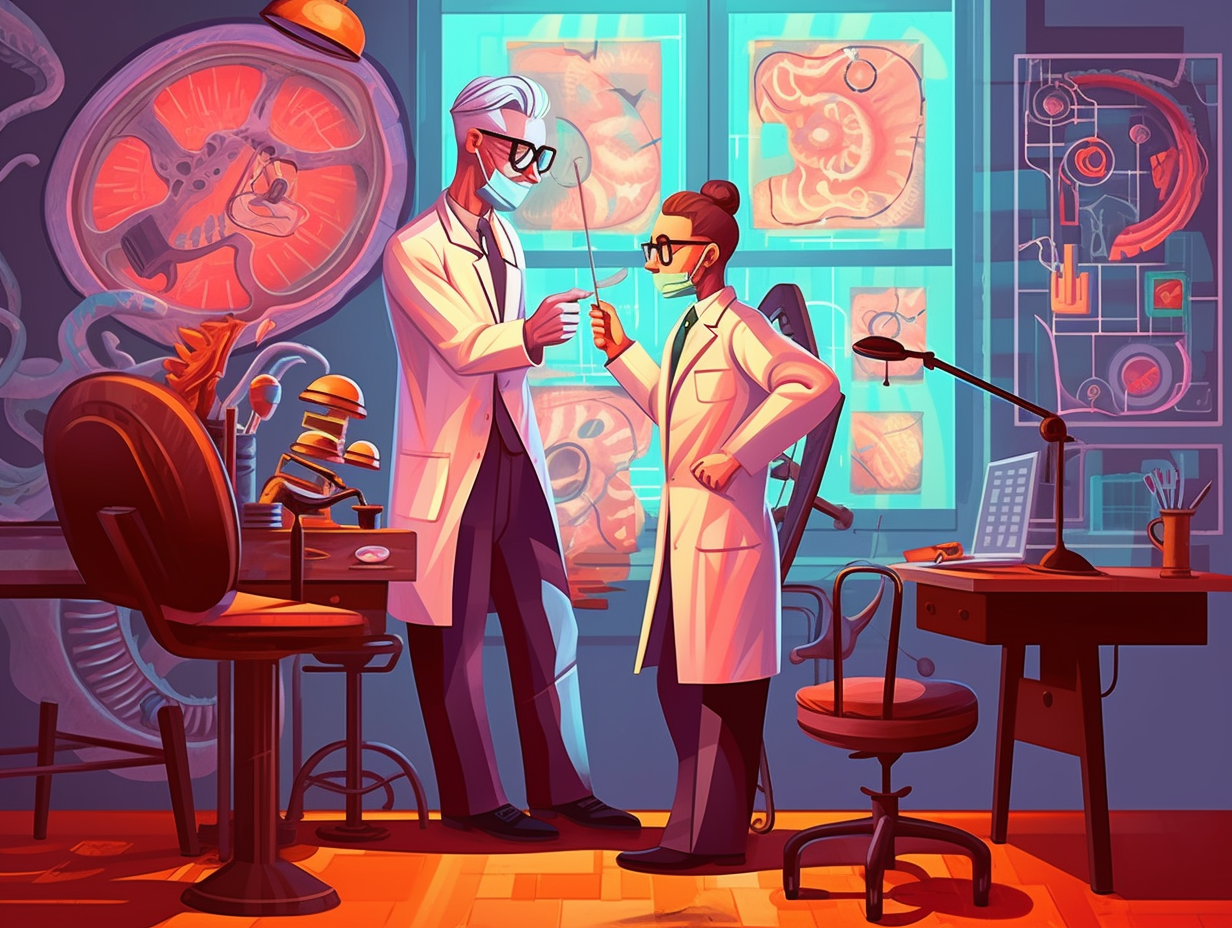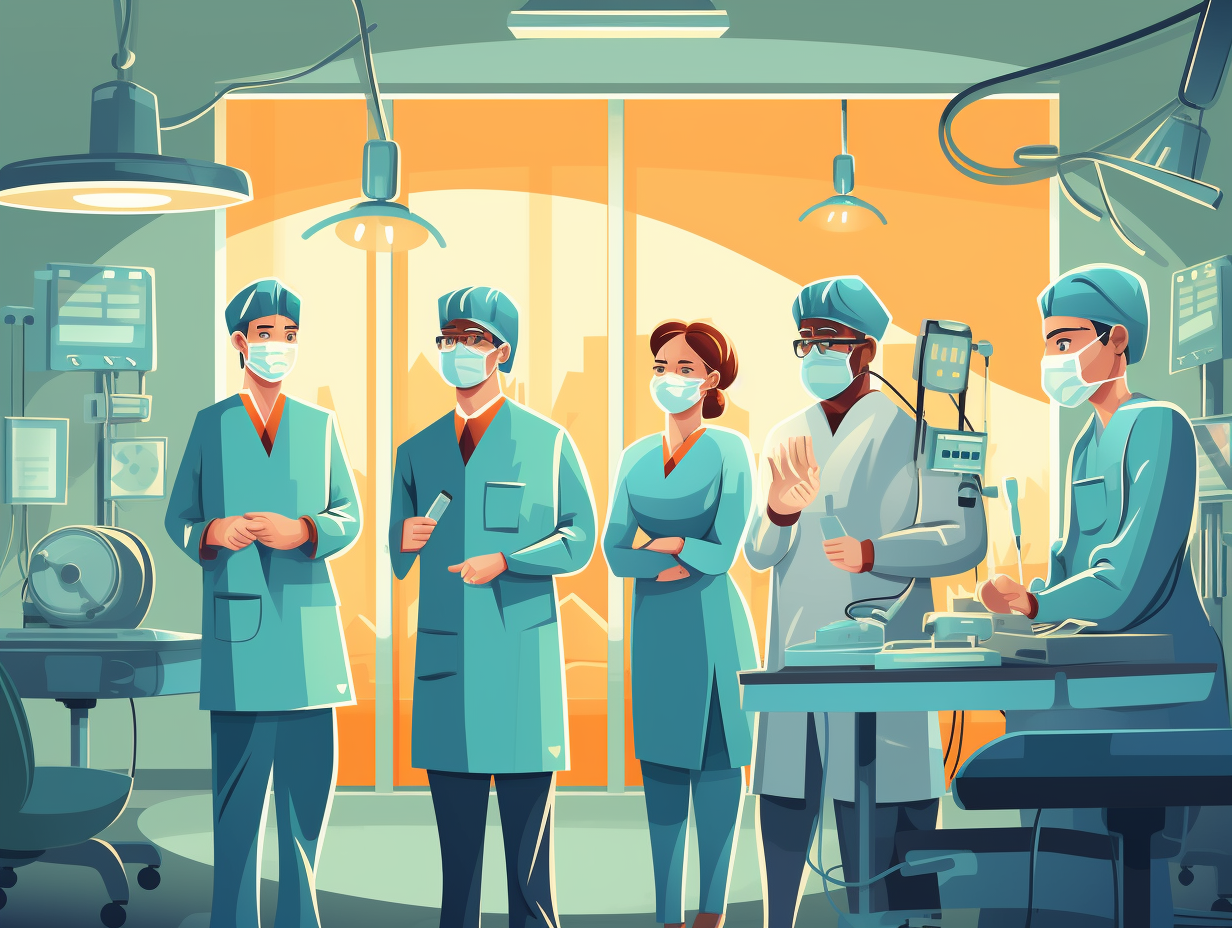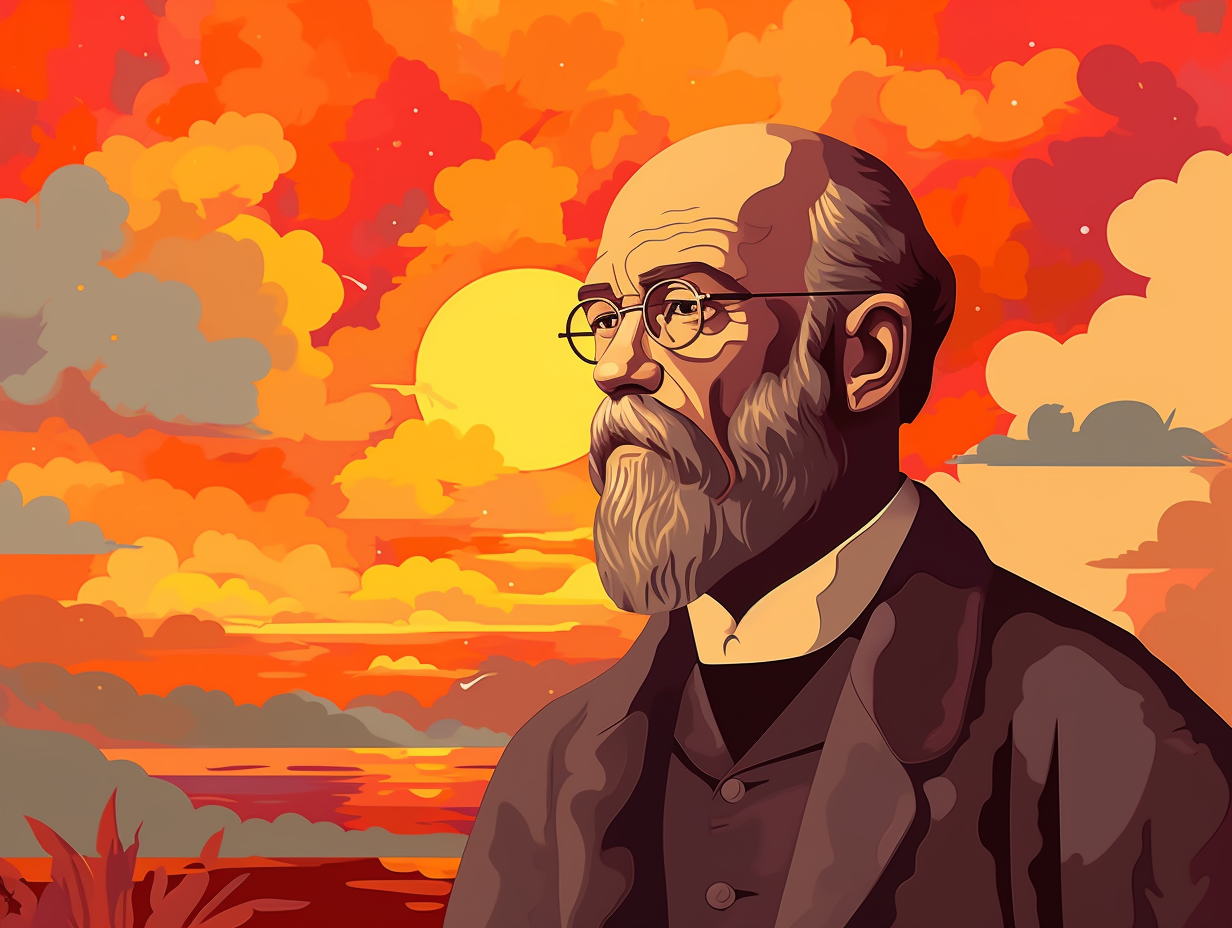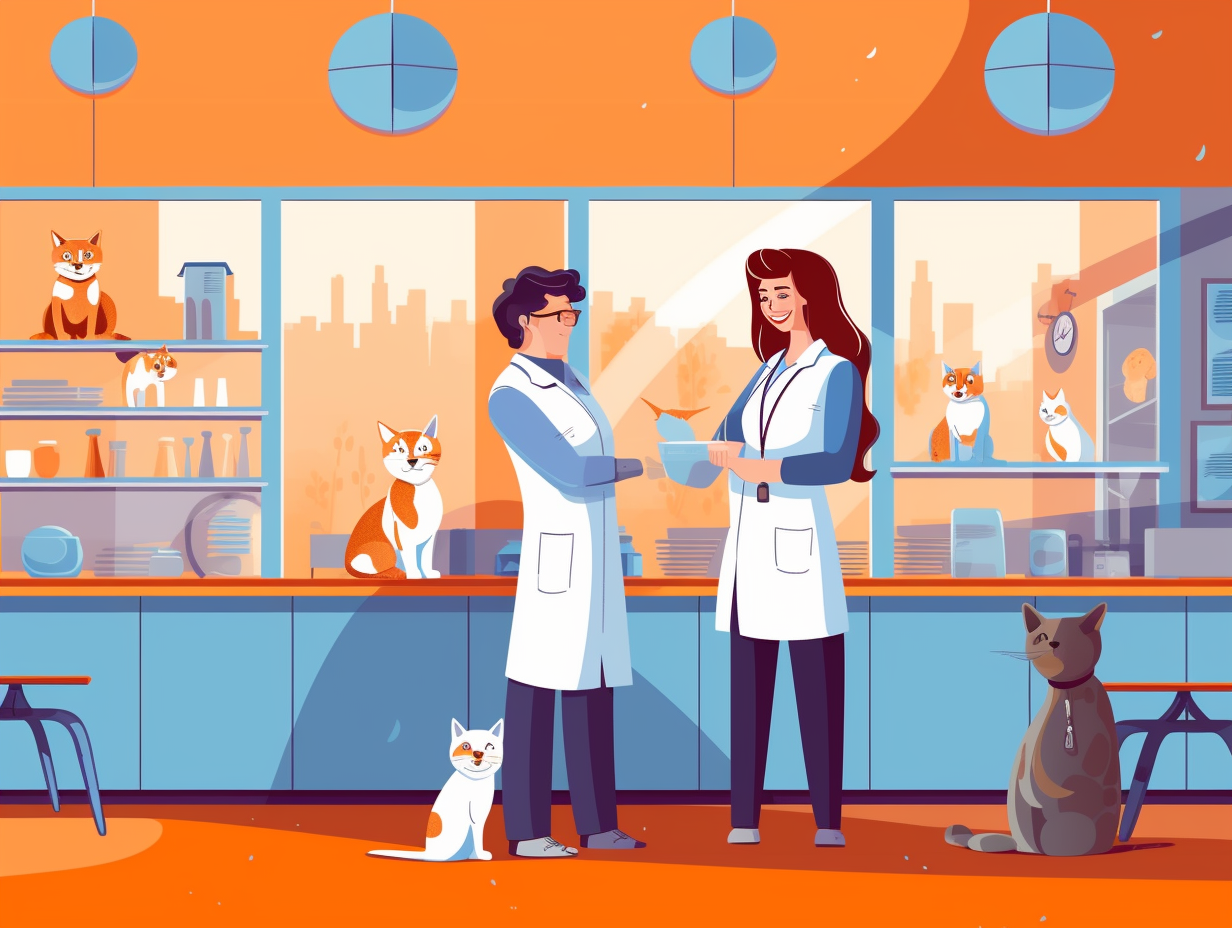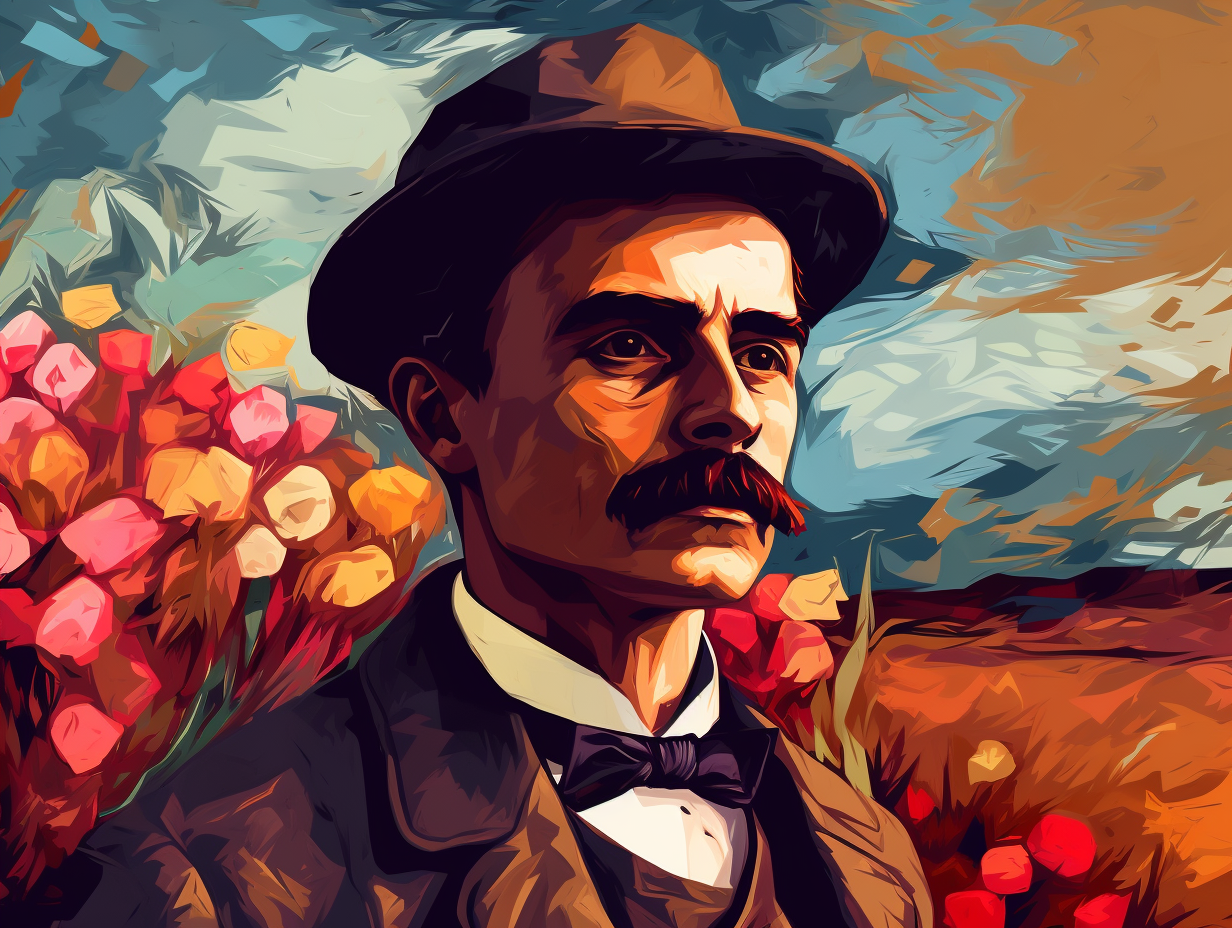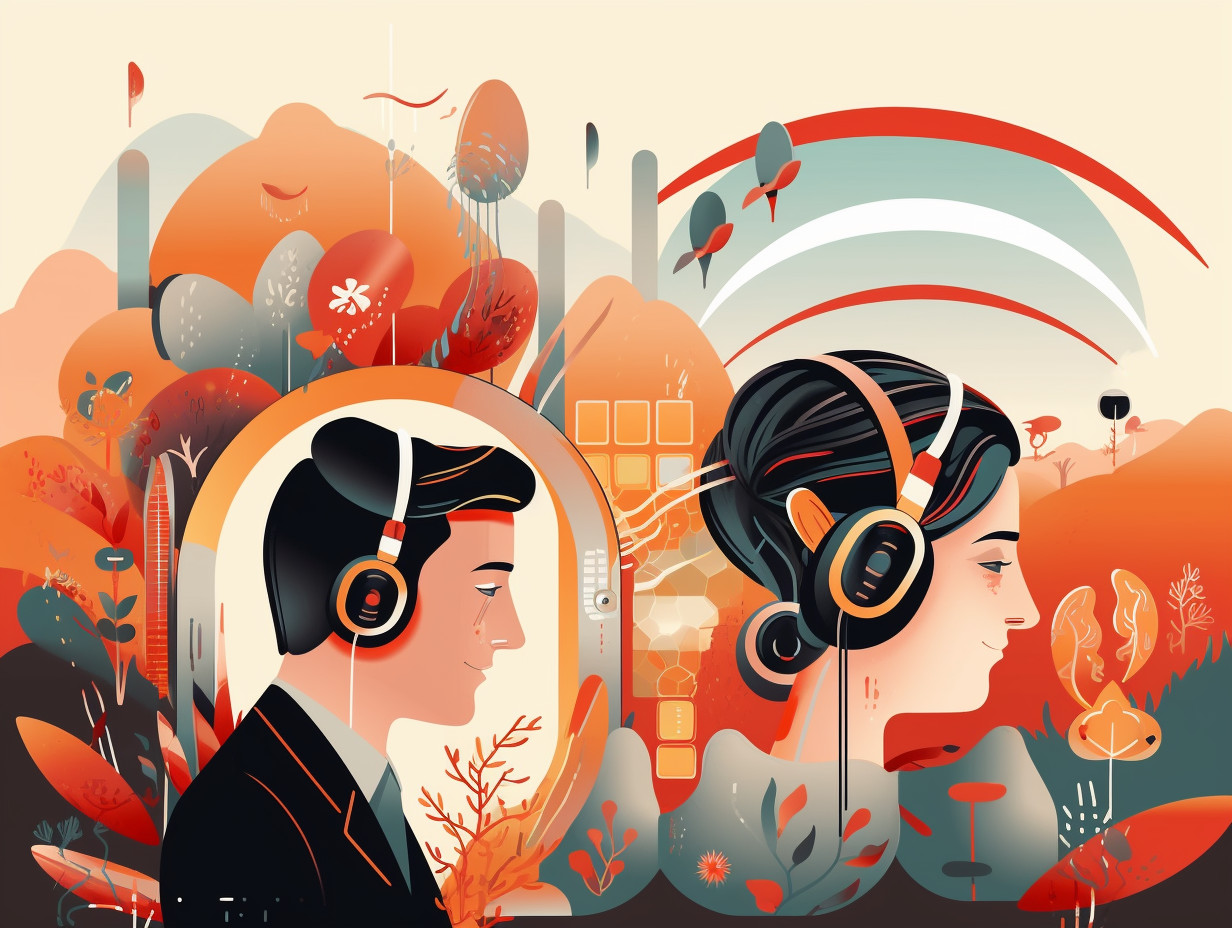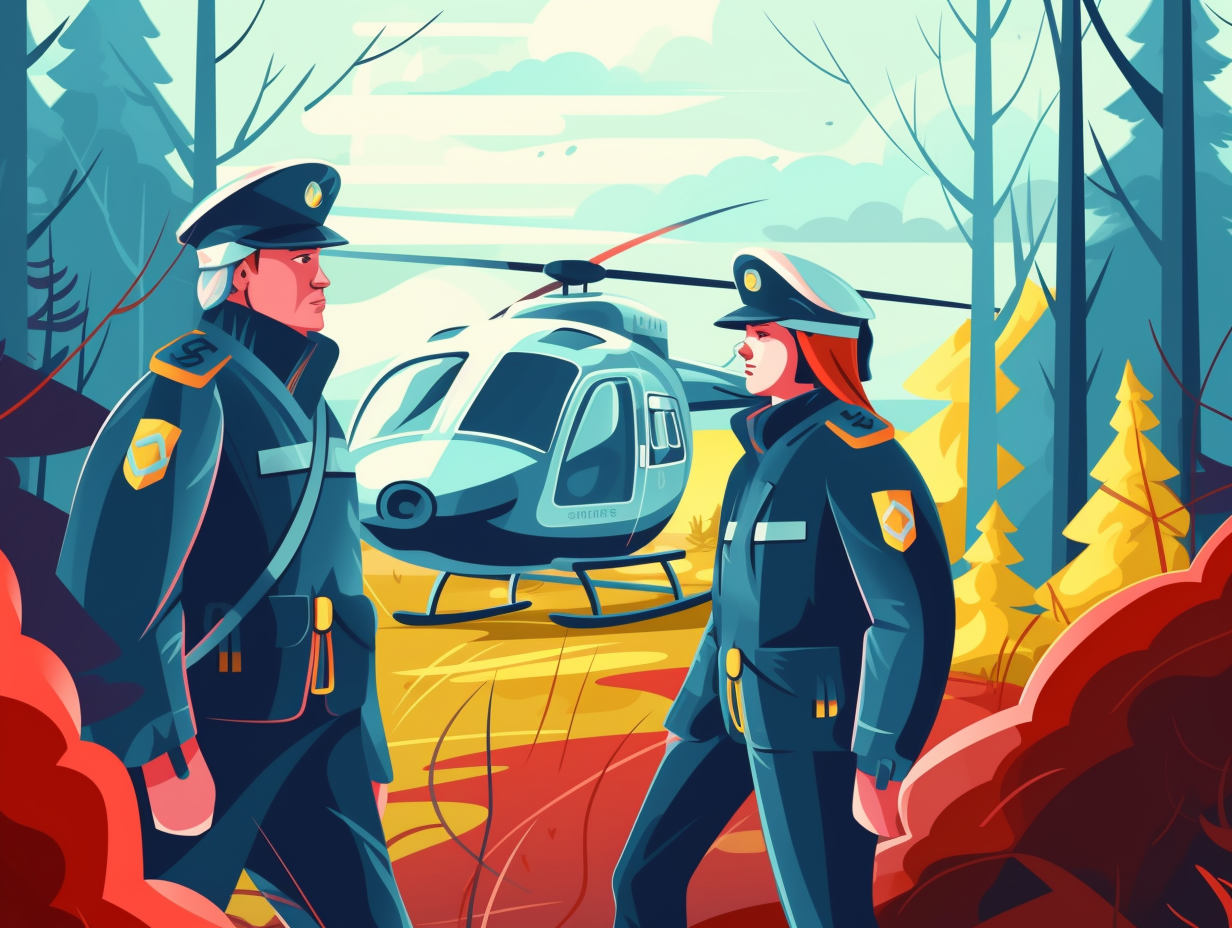Top 9 Entertaining and Surprising Fun Facts About Doctors You'll Love to Know!

1. Stethoscope Struggles
Next time you're at the doctor's office, don't be disheartened if your primary care physician seems more equipped for a game of Pin the Tail on the Donkey when it comes to heart diagnostics: According to a study, medical students and primary care doctors achieve only 20-40% accuracy in heart screenings using a stethoscope, while experienced cardiologists fare only a bit better at roughly 80%. That's when advanced technology and artificial intelligence come to our rescue for more accurate and efficient cardiovascular disease diagnostics!
Source => ncbi.nlm.nih.gov
2. Mannequin Medical School
Giving new meaning to the phrase "playing doctor": At Harding University, nursing students get to practice their medical skills on high-fidelity mannequins so lifelike that they simulate emergencies, possess heartbeats, breathe, talk in various languages, and even have drug recognition technology – ensuring future doctors can hone their craft without accidentally harming a single soul in the process.
Source => thelink.harding.edu
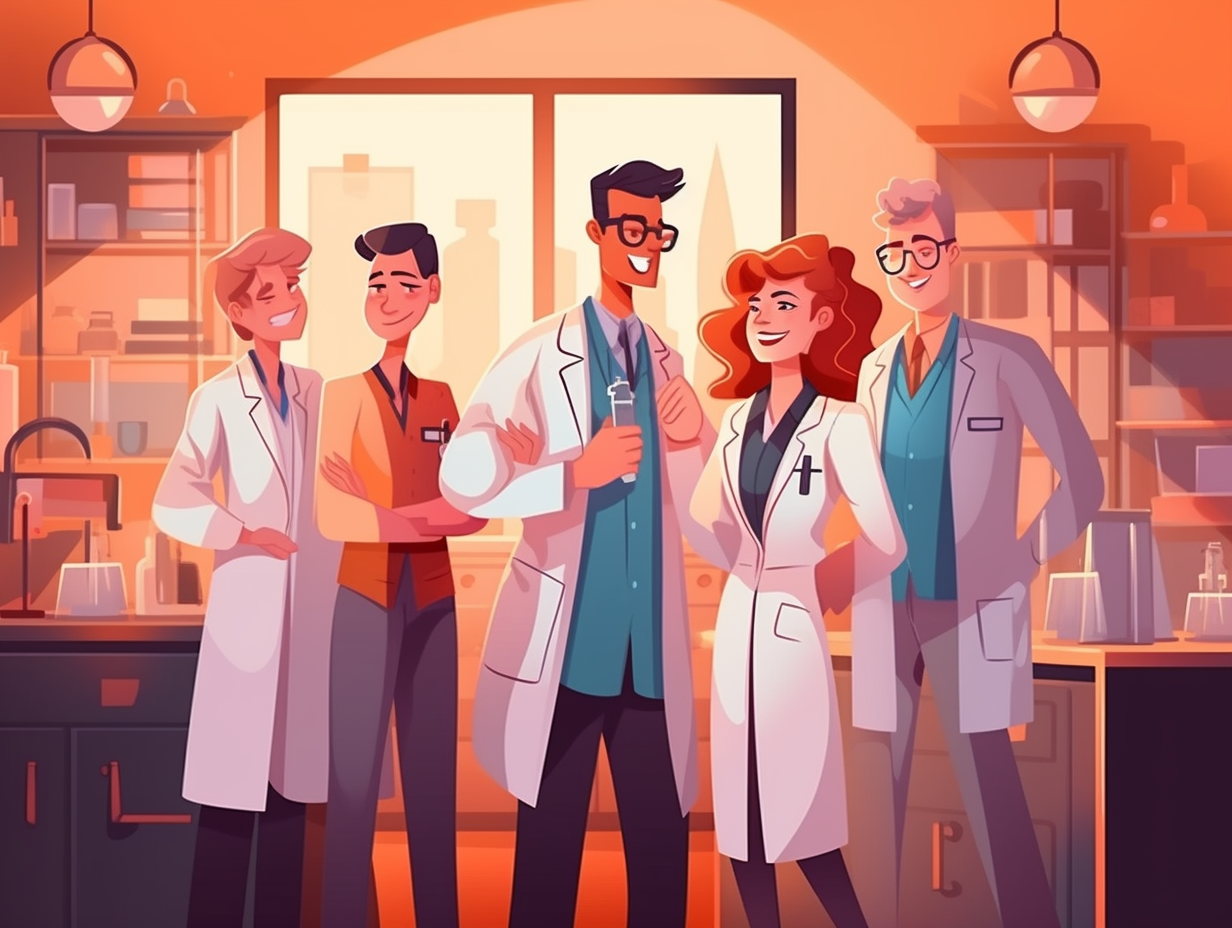
Did you know that during the Middle Ages, human dissection was considered blasphemous and only allowed in university-sponsored sessions using executed criminals' bodies? Discover more intriguing facts about the history of medicine!
=> Fun Facts about Medical-Scientists
3. Doctor Detectives
In the absence of a DeLorean or TARDIS, today's doctors must rely on some good ol' fashioned detective work: By studying palaeopathology, artefacts, and ancient texts, medical researchers can uncover valuable information about health and disease in ancient societies, in turn offering insights into modern urban and rural health as well as conditions that are still relevant today.
Source => ncbi.nlm.nih.gov
4. Wooden Beam Whisperer
When a wooden beam spoke to a Frenchman's heart, the stethoscope was born: In 1816, Rene Theophile Hyacinthe Laënnec invented the first stethoscope after realizing how wood could amplify sound, paving the way for its descendants, the binaural and electronic stethoscopes, we know and love today.
Source => ncbi.nlm.nih.gov
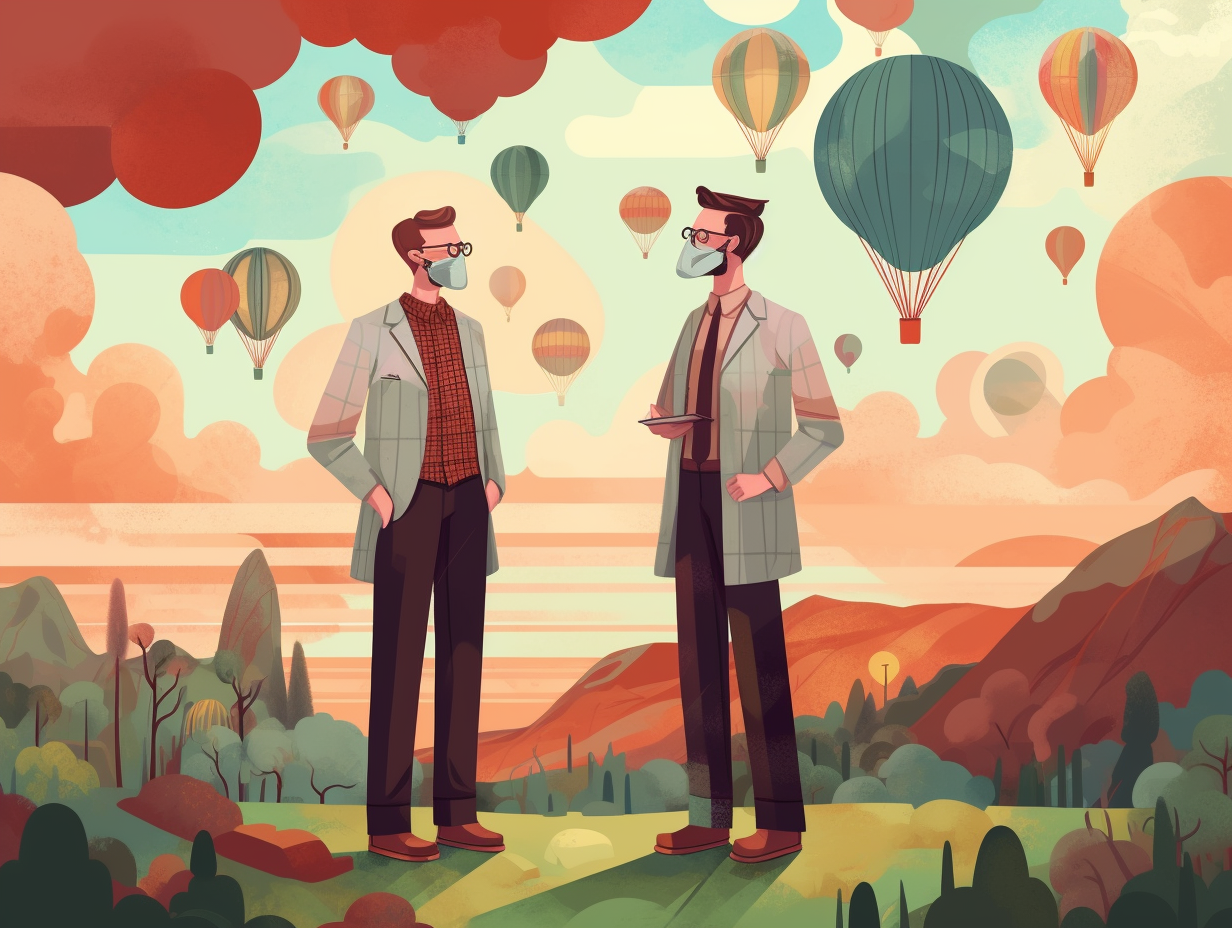
5. Prescription for Laughter
Chuckling like Chuck Norris: Laughter therapy can decrease anxiety and depression, help muscles relax, and improve circulation, proving there's actual science behind every doctor's dose of "laughter is the best medicine."
Source => ncbi.nlm.nih.gov
6. Spacing In to Success
Doctors attribute their success to not "spacing out" but rather "spacing in": Medical students utilize memory techniques like spaced repetition and practice questions, along with software like Anki for efficiently recalling concepts. They also rely on articles like "Do memory palaces hinder learning?" for guidance on proper memory technique usage, ultimately mastering the art of information retrieval through consistent practice and real-time problem solving.
Source => mullenmemory.com
7. Virtual Reality Med Training
Ever considered a dose of virtual reality for better bedside manners? When it comes to leveling up their surgical skills, doctors might want to take a trip down the digital rabbit hole: A study in the Journal of Advanced Medical Education and Profession found that out of 21 clinical trials, 17 displayed improved learning and 20 showcased higher accuracy in medical practice when virtual reality technology was used for laparoscopic surgery training. Despite the costs, it seems surgeons are virtually ahead of the game!
Source => ncbi.nlm.nih.gov
8. Ancient Egyptian Prosthetics
Before wheelchairs or Lance Armstrong's Livestrong bracelets, there was an ancient Egyptian fashioning a world-class fashion statement in the form of a wooden toe: Behold the "Cairo toe," dating back to between 2,700 and 3,000 years ago, which is the oldest known practical artificial limb. The toe was crafted from wood and leather, and it boasted flexibility and multiple refittings, making it the hottest prosthetic trendsetter of its time.
Source => magazine.medlineplus.gov
9. Pre-Anesthesia Surgery Drama
Before anesthesia, "Operation" was less of a board game and more of a surgeon's way to show their flair for cutting-edge theatre: Surgeries in the 19th century were performed without anesthesia, and it wasn't until the introduction of ether in 1846 that they became less painful but still faced the issue of infections. The true saviors entered when germ theory was established, aseptic techniques were implemented, and the showy surgeon performances took their final bow.
Source => daily.jstor.org
Related Fun Facts



